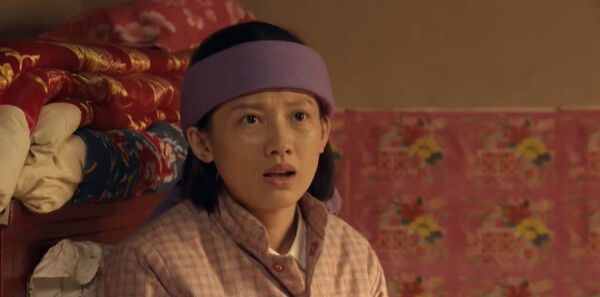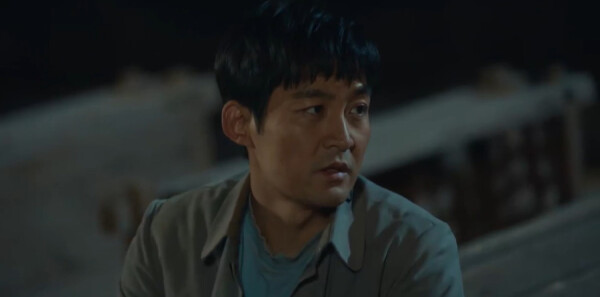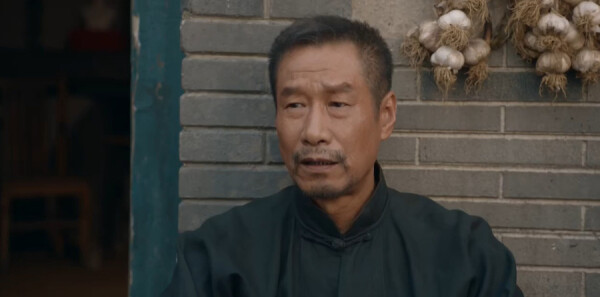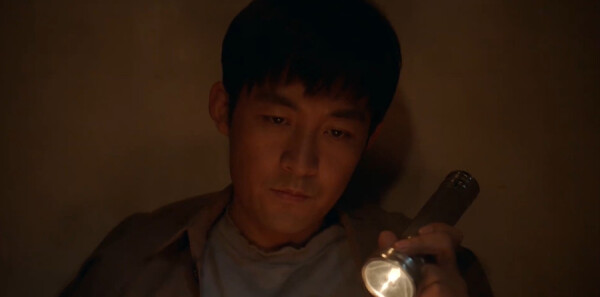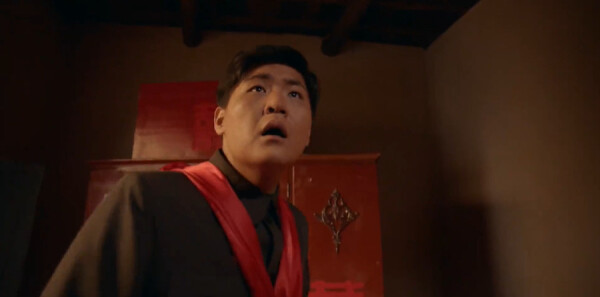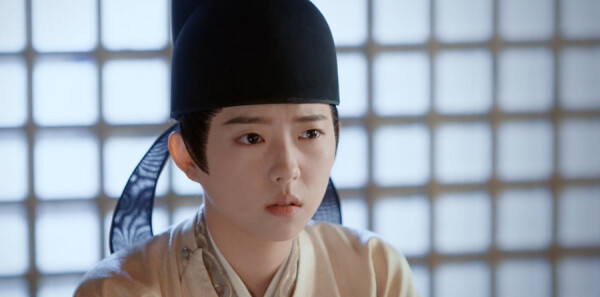Hedda Gabler《Pistols, manuscript, and vine leaves in the hair —Symbols
- 书评
- 2023-03-26 15:30:16
- 72
Hedda Gabler a controversial play by Henrik Ibsen received the worst notices of all Ibsen’s plays when it first came out but now is valued as the high point in Ibsen’s creative life and a masterpiece of feminist dramas. Hedda Gabler created by the author as an enigma in the form of an anomalous woman has indeed revealed the true cruel and dark side of the male-dominated society. In the play repetitive use of certain symbols was significantly important to the rise and fall of the plotline. The three particular ob
Pistols
The pistols left by Hedda’s father represent an important characteristics the father has passed to Hedda—a desire to have absolute control over others. Raised by her military father Hedda possesses the characteristics of a soldier: pride of herself but cold and imperious towards lower rank. She deliberately makes fun of Aunt Julle’s hat; describes Mrs.Elvsted as a woman with provoking hair; she is mean to the maid Berte; and her indifference to Aunt Rina’s death all show that she has no sympathy for women who show signs of weakness. The fact that she grows up shooting and riding horses instead of playing dolls like other girls also reveals her fascination for violence.
Hedda enjoys freedom the freedom to socialize with different people and have absolute control over them. But when reaches the age of 29 she gradually loses the ability to “dance around” and therefore she needs a home to settle down in order to maintain her status and reputation. Tesman is a perfect match according to Hedda’s plan because he makes no demands on Hedda’s emotional incapacity; is unquestionably obedient to Hedda; and provides her with material satisfaction and the freedom to access social life. But after the wedding Hedda realizes her self-worth can not be realized; her control is limited to the house. She will have no value outside the house due to the fact it is unthinkable for women to receive acceptance from public and professional fields. And that’s why when Tesman is excited about his lovely house with Hedda at the end of the first act she feels deeply trapped and demands nothing but her father’s pistol—a symbol for masculine power.
The pistols also play an important role in the relationship between Hedda and Lovborg. Hedda has once aimed the pistol at Lovborg when they were lovers; and at Lovborg’s last visit Hedda hands the same pistol to Lovborg which accidentally ends his life. The fact that Hedda enjoys playing with her pistol reveals her destructive character and Lovborg unfortunately becomes the victim under Hedda’s control. When Lovborg first comes back in town he has both career and love: he has social reputation from his first book and is in a romantic relationship with Mrs. Elvsted. And there will be a bright future ahead of him after publishing his second book. But Hedda destroys Lovborg’s life step by step. First she discloses her secret between Mrs. Elvsted that she came to town because she is worried Lovborg will start drinking again. Lovborg is outraged by Mrs. Elvsted’s distrust and picks up his drinking habit. Then Hedda burnt Lovborg’s manusc
After Lovborg dies Hedda is not sad at all. She keeps asking if Lovborg has died beautifully shows that Hedda thinks of death more as a performance than the end of life and she enjoys the fact that she is the director of this whole performance. Again the pistol is used as a symbol of aggressive control the control of life and death.
The pistol scene is emphasized again at the end of the play when Hedda kills herself beautifully with a shot to the temple. Her *** is not a cowardly action; rather it is a part of her rebelling against the society. Born free Hedda cannot stand the fact she will be in Brack’s control to avoid scandal. Her carefully designed death proves to the readers that she is in control of nobody but herself. She is indeed like the pistols she owns: dangerous destructive and powerful.
The manusc
In the play Ibsen subtly connects the four main characters Hedda Lovborg Tesman and Mrs. Elvsted through creating burning and recovering the manusc
Being enslaved into a standard household Hedda desires the freedom of ex
Ibsen gives the fate of the manusc
Mrs. Elvsted creates nurtures and recovers the manusc
The vine leaves
The vine leaves is mentioned by Hedda six times in the play. The symbol comes from Greek mythology in which God Dionysus is a happily drunk man wearing a wreath of vine leaves on his head. Dionysus is the god of wine revelry and bacchantic elation. His life is all about seeking pleasure.
Hedda sees Lovborg as God Dionysus a man full of creative ideas bacchantic and free from orders and disciplines. He can have a reputation in his career and at the same time keeps a romantic relationship with a woman. Hedda herself is Dionysian: ecstatic orgiastic irrational frenzied and undisciplined. But due to the society limitation and her irresponsible attitude towards everything her rebellious thoughts cannot put into action. When Mrs. Elvsted says Lovborg now left off his old ways because of her Hedda thinks Lovborg’s bacchantic nature is being suppressed and she is eager to set his true self free. She discloses the secret to Lovborg that Mrs. Elvsted comes to town to prevent him from drinking. Lovborg angrily leaves the house to join Brack’s party. Hedda convinced Mrs. Elvsted Ejlert Lovborg will come back with vine leaves in his hair. Nobody knows what vine leaves means except Hedda herself; she sees the revival of God Dionysian inside of Lovborg.
But in fact Lovborg did not commit a ***; he was shot accidentally in the breast instead of at the temple it is Hedda Gabler who at last “has vine leaves in her hair”. Throughout her life her death is the only action she takes responsibility for. Like Mrs. Elvsted Hedda Gabler is a “New Woman” at her time; but unlike Mrs. Elvsted Hedda chooses to rebel in a way of death beautifully at the temple.
本文由作者笔名:小小评论家 于 2023-03-26 15:30:16发表在本站,文章来源于网络,内容仅供娱乐参考,不能盲信。
本文链接: http://www.w2mh.com/show/57604.html
 小小评论家
小小评论家







